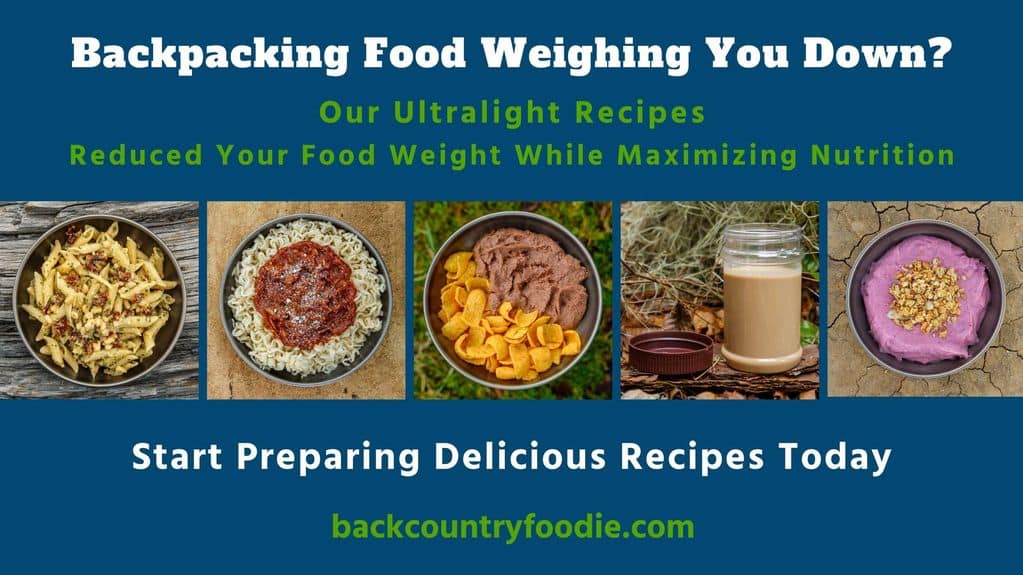A Look at Supplements, Meals and Snacks for Muscle Recovery
Supplements
In previous posts, I shared how to address hydration and delayed onset muscle soreness (DOMS) and how to consume essential macronutrients for post-exercise recovery. In this post, I would like to share a few supplements that may benefit recovery.
Taurine
Taurine is an organic acid found in skeletal muscle and has many biological functions such as membrane stabilization, antioxidant capacity, osmoregulation, and calcium homeostasis regulation. Studies show that 50 mg of taurine daily reduced delayed onset muscle soreness (DOMS) and oxidative stress. Combined with branched-chain amino acids, it also reduced post-exercise inflammation.
Branched Chain Amino Acids (BCAAs)
Proteins are made of smaller molecules called amino acids; three of them are known as branched-chain amino acids. These are leucine, isoleucine and valine. They are easily converted into glucose for energy. When we exercise at high intensity and run out of glycogen, our bodies will attack our muscles to scavenge for these BCAAs. Therefore, BCAA supplementation can reduce muscle damage, protein breakdown, and soreness. BCAAs exist in normal food, however, so their supplementation is not necessary, but it does offer a quick and easy way to ensure your muscles are protected from exercise-induced damages.
Caffeine
Caffeine can spare glycogen use and help our bodies use more fat for energy during exercise, thereby reducing the effects of DOMS. A recent study shows that consuming 5 mg of caffeine per kg of body weight 24 hours after exercise can be effective at reducing muscle soreness and enhancing recovery. For a person weighing about 150 lbs, that is a couple of cups of coffee the day after working out. This seems counter-intuitive since caffeine is a known diuretic; however, combined with its high anti-oxidant content, coffee can be safely included in your recovery routine even if it is nearly a day after!
Collagen
Collagen hydrosylate benefits the injured athlete or those who experience tendon and cartilage joint pain. This product is simply made from animal products, but a great vegan substitution is pectin. Taking 15 grams of gelatin before rehabilitation exercise can enhance the healing process for injured athletes and reduce exercise-induced joint pain in non-injured athletes. Simply add some to your smoothies or make jellies from this product for the best results.
Meal and Snack Ideas
Let’s put the information shared in this and previous posts to practical use with some yummy meal and snack ideas.
1. Wild-caught salmon with baked potatoes and arugula salad
2. Smoothie with chia seeds, RAWrLIFE plant protein, banana, spinach, mixed berries, spirulina, matcha powder
3. Oatmeal, chia seeds, banana chips, peanut butter, and beetroot powder (If you are on the trail for a couple of days, this is the ultimate lightweight breakfast!!)
4. Greek yogurt parfait with 1 cup Greek yogurt, 3 tablespoons of chia seeds, 2 tablespoons of honey, and 1/2 cup of blueberries. Add 2 pieces of toast with peanut butter, honey, and banana
5. Baked tofu sandwich with red bell pepper, zucchini, flax oil drizzle, onion, and spinach on a whole wheat ciabatta with a side of cherry-beet juice (here is a similar recipe for inspiration: tofu sandwich)
6. Avocado toast with cottage cheese and tomatoes
7. Sweet potato, squash and black bean enchiladas
8. Tofu, turmeric, brown rice bowl
9. Chia pudding
10. Tuna salad sandwich whole wheat *try it with flax oil instead of mayo for extra anti-inflammatory fats!
12. Egg salad sandwich with turmeric, flax oil, lettuce, tomato, and onion on toasted wheat bread
11. Add a “health shot” to your meal: garlic, honey, lemon juice, turmeric, kale, banana, and super greens powder (spinach powder, spirulina, probiotics). Stick it in a blender with water; bottoms up!
Did you find this post helpful?
Pin It and share it with your fellow adventurers…

DISCLAIMER: THIS IS GENERAL NUTRITION ADVICE AND YOU SHOULD TALK WITH YOUR PHYSICIAN BEFORE IMPLEMENTING ANY DIETARY OR LIFESTYLE CHANGES. ALWAYS CHECK NUTRITION LABELS AND INGREDIENT LISTS TO MAKE SURE FOOD ITEMS WILL WORK FOR YOU.
About the author:

Kasey Hutchinson, RD, LMT, is a registered dietitian, massage therapist, and outdoor enthusiast. She lives in the Rocky Mountains of Montana, where she enjoys backpacking, camping, rock climbing, and backcountry snowboarding every chance she gets. Kasey’s passion for health, nutrition, and the great outdoors fuels her curiosity to discover the best foods for backcountry missions and overall health. Kasey hopes to inspire people to live a vibrant, fulfilling life using outdoor exercise and healthy food as the vehicle for success. You can follow Kasey’s outdoor adventures and culinary tips via Instagram
.
References:
Coleman, E., & Rosenbloom, C. (2012). Sports Nutrition: A Practice Manual for Professionals. Academy of Nutrition & Dietetics.
Gleeson, M. (2008). Dosing and Efficacy of Glutamine Supplementation in Human Exercise and Sports Training. The Journal of Nutrition,138(10).
Kim, J., & Lee, J. (2014). A review of nutritional intervention on delayed onset muscle soreness. Part I. Journal of Exercise Rehabilitation,10(6), 349-356.
Legault, Z., Bagnall, N., & Kimmerly, D. S. (2015). The Influence of Oral L-Glutamine Supplementation on Muscle Strength Recovery and Soreness Following Unilateral Knee Extension Eccentric Exercise. International Journal of Sports Nutrition and Exercise Metabolism,25(5), 417-426.
Mueller, K., & Hingst, J. (2013). The athlete’s guide to sports supplements. Champaign, IL: Human Kinetics.



Leave a Reply